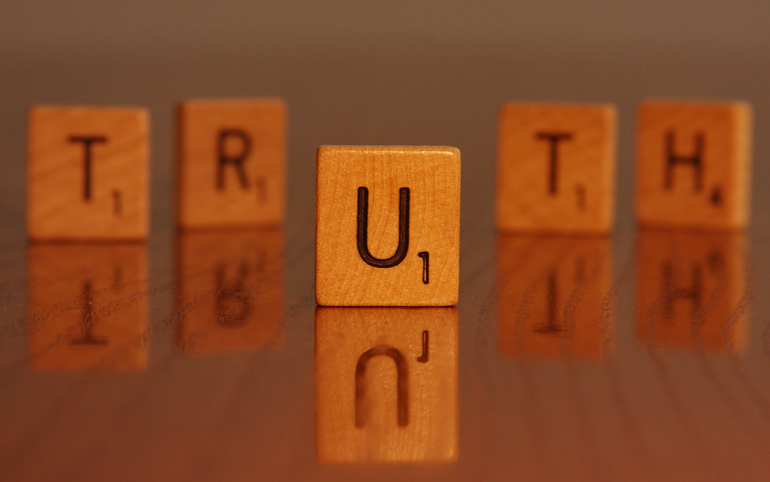There are 3 big questions that we seek to answer in this lesson.
-
What is Truth?
-
How Does the Journalistic Process of Verification Work?
-
Why Does that Process Sometimes Fail?
.
 At the beginning of the course, we introduced the question of Do you believe you are getting the truth from the news media?
At the beginning of the course, we introduced the question of Do you believe you are getting the truth from the news media?
In this lesson, we ask: What is Truth?
Your job for the rest of the course is to use the words truth and verification with some precision and this lesson is meant to arm you to do just that. If we could achieve certainty, then truth wouldn’t be so debatable. But the possibility of error means no absolute certainty about truth. If we can’t be certain, what do we want?
…How about Reasonable Confidence?
What creates or increases Reasonable Confidence?
Evidence.
Think of a science class. Scientists seek evidence that will verify or falsify a particular claim, or hypothesis. They propose an explanation, test it, and move on. In science there is always a “margin of error.” By constricting variables, repeating the test, using more test subjects, that margin of error can be lowered, but never eliminated.
In Journalism, we call this collection of evidence the Verification Process.
The extreme response to “There is No Certainty” is a certain and debilitating skepticism. But there are alternatives to the standard of certainty…our alternative is reasonable confidence.
.
